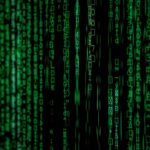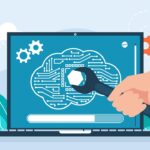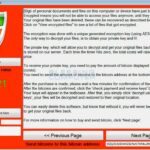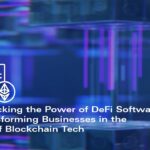In the expansive realm of academia, the integrity of scholarly work is paramount. With the advent of artificial intelligence, educators and institutions grapple with the implications of this technology on academic honesty. To elucidate the current state of play, Copyleaks has conducted a groundbreaking study examining the impact of AI-generated content on plagiarism trends. This comprehensive analysis, released on March 19, spanned seven countries, offering a wealth of insights into the dynamics of digital content creation and the ongoing efforts to preserve academic integrity.
The findings of this study challenge the widely held belief that the burgeoning presence of AI tools inevitably leads to an increase in academic dishonesty. Surprisingly, in five out of the seven countries investigated, the prevalence of AI-generated content was found to be lower than that of traditional plagiarism. This revelation defies the assumption that AI’s rise is synonymous with a spike in unethical academic behavior. The study presented a detailed line graph highlighting the emergence of four prominent generative AI tools, illustrating the evolving toolkit available to digital content creators.
Highlighting the study, Alon Yamin, CEO of Copyleaks, emphasized the critical function of AI technology in the battle against plagiarism. At the heart of the research were Copyleaks’ AI Content Detector and Plagiarism Detector tools, providing insights into the frequency of academic misconduct in various educational contexts. Despite the increased adoption of generative AI, the study noted a reduction in plagiarism rates, suggesting a possible trend toward more original content creation among students.
The data unveiled a remarkable 51 percent downturn in instances of detected plagiarism, hinting at a transformation in the way students approach content creation. Nonetheless, a notable 76 percent increase in the detection of AI-generated content highlighted the essential need for robust plagiarism detection systems to maintain academic standards. The study found that none of the countries surveyed had a GenAI usage or plagiarism rate exceeding 34 percent, reflecting a diverse array of content creation methods being employed.
One of the more thought-provoking outcomes of the study was the lack of a direct link between the advent of AI tools and an increase in plagiarized work. This suggests that a variety of factors, beyond the mere availability of technological resources, influence a student’s decision-making process regarding academic integrity. The varying citation requirements enforced by educational institutions could significantly impact student perceptions of plagiarism and originality.
While the study stopped short of offering a universally accepted definition of plagiarism, it sparked critical conversations about the nature of academic misconduct in an increasingly digital world. The insights garnered from this research illuminate the complex relationship between the use of AI tools and the efficacy of plagiarism detection measures, revealing a landscape replete with both challenges and opportunities for the academic community. The strategic application of AI technology has the potential to empower students to produce authentic, high-quality work while adhering to ethical standards of writing.
The evolution of digital content creation tools and the ongoing quest to ensure academic integrity make studies like the one conducted by Copyleaks invaluable. These insights enable educators to develop nuanced strategies that foster a culture of originality and ethical writing practices in educational settings. As technology marches forward, the imperative to adapt these strategies to protect the sanctity of scholarly work becomes more pressing. Understanding the interplay between AI-generated content and plagiarism is essential for educators to guide students in an era where innovation and integrity must coexist harmoniously.










